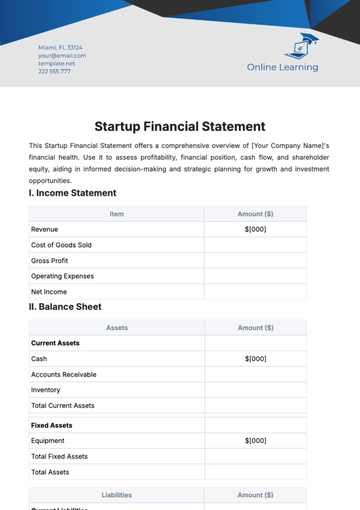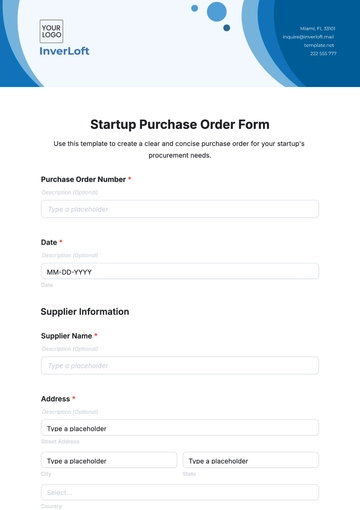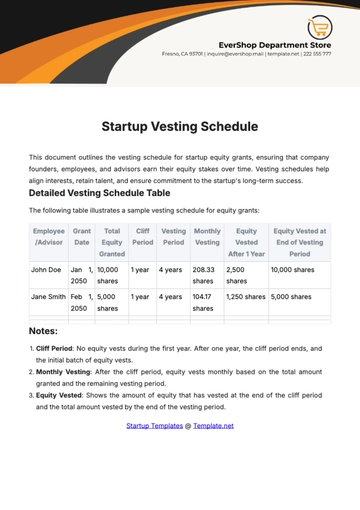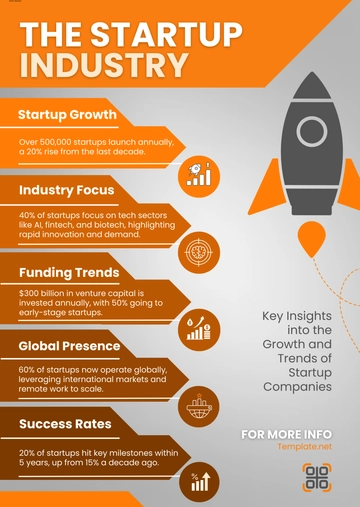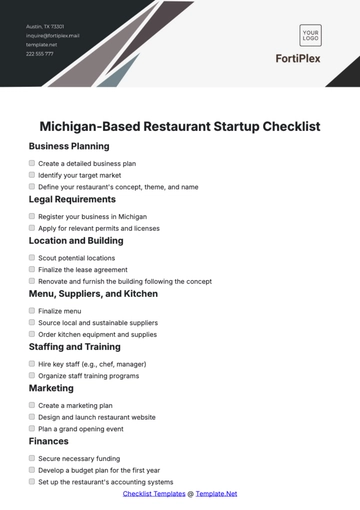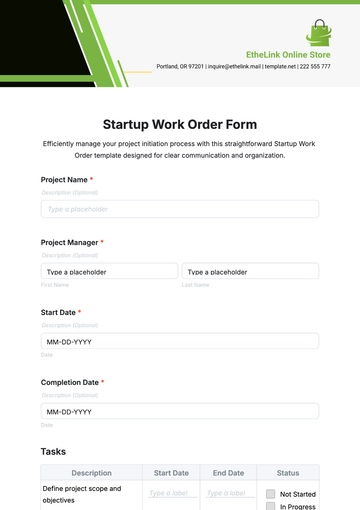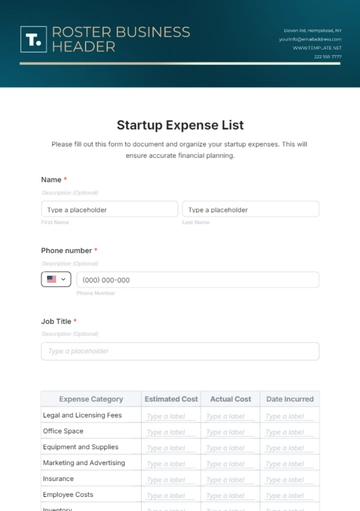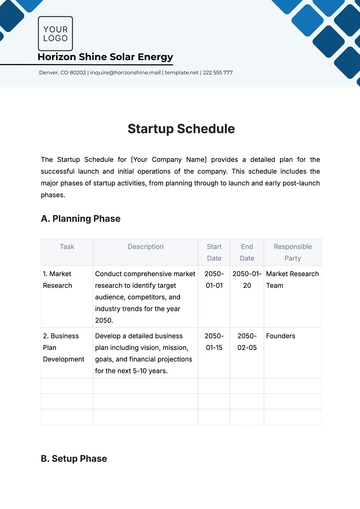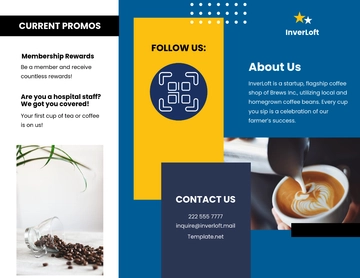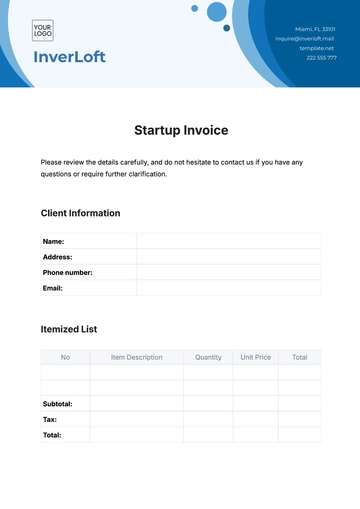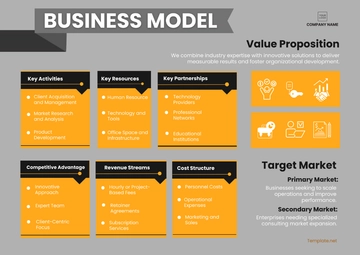Free Startup Customer Journey Mapping Guide

1. Introduction
Welcome to the Startup Customer Journey Mapping Guide! In today's competitive landscape, understanding and improving the customer experience is crucial for startup success. This guide serves as a comprehensive resource to help startups navigate the intricacies of customer journey mapping, enabling them to gain valuable insights into their customers' behaviors, preferences, and pain points. By systematically mapping out the customer journey, startups can identify opportunities for optimization, enhance customer satisfaction, and ultimately drive business growth. Whether you're launching a new product or refining an existing service, this guide will provide you with the tools and techniques needed to create impactful customer journey maps tailored to your startup's unique needs and objectives.
2. Understanding Your Customers
Before embarking on the journey mapping process, it's essential to gain a deep understanding of your target audience. This involves creating detailed customer personas that represent the diverse segments of your customer base.
Persona Name | Description | Goals | Pain Points |
|---|---|---|---|
[Name 1] | Busy professional looking for convenience | Save time | Complicated checkout process |
[Name 2] | Tech-savvy enthusiast | Latest features and updates | Poor customer support |
By identifying customer personas such as [Name 1] and [Name 2], startups can develop empathy for their customers and tailor their products and services to meet their specific needs and preferences. Additionally, gathering customer insights through surveys, interviews, and analytics tools provides valuable data to inform the journey mapping process and ensure its accuracy and relevance.
3. Mapping the Customer Journey
The customer journey consists of multiple touchpoints across various stages, including pre-purchase, purchase, and post-purchase. Mapping out each touchpoint and customer action allows startups to visualize the end-to-end customer experience and identify key moments of interaction and engagement. By incorporating emotions and pain points at each touchpoint, startups can gain a deeper understanding of the customer's mindset and motivation throughout their journey.
3.1 Pre-Purchase Stage
Touchpoint | Customer Action | Emotions | Pain Points |
|---|---|---|---|
Sees ad on social media | Clicks on the ad | Curiosity | Slow website loading |
Visits website | Browses product catalog | Interest | Complicated navigation |
Adds item to cart | Considers purchase | Excitement | Unclear shipping costs |
Abandons cart | Gets distracted | Frustration | Lack of reminder emails |
3.2 Purchase Stage
Touchpoint | Customer Action | Emotions | Pain Points |
|---|---|---|---|
Proceeds to checkout | Enters shipping and payment | Anticipation | Confusing checkout process |
Completes purchase | Receives order confirmation | Satisfaction | No immediate order tracking |
3.3 Post-Purchase Stage
Touchpoint | Customer Action | Emotions | Pain Points |
|---|---|---|---|
Receives order | Opens package | Delight | Damaged product |
Contacts customer support | Seeks resolution | Frustration | Long wait times |
Utilizing tables to present data, as demonstrated in sections 3.1 through 3.3, helps organize information and make it more accessible for analysis and interpretation.
4. Tools and Techniques
A variety of tools and techniques are available to assist startups in the customer journey mapping process. Online platforms such as Canva and Lucidchart offer user-friendly templates and drag-and-drop interfaces for creating visually appealing journey maps. Data collection methods such as surveys, interviews, and analytics tools provide valuable insights into customer behavior and preferences. Additionally, collaborative workshops and brainstorming sessions involving cross-functional teams enable startups to leverage collective expertise and creativity in developing comprehensive journey maps.
5. Creating Customer Personas
Developing detailed customer personas is a critical step in the journey mapping process. By crafting personas like Emily and Michael, startups can humanize their target audience and gain a deeper understanding of their needs, motivations, and pain points. Each persona should be based on real data and insights gathered through research and analysis, ensuring its accuracy and relevance. Furthermore, aligning personas with specific journey stages helps startups tailor their strategies and solutions to address the unique challenges and opportunities faced by each segment of their customer base.
6. Customer Journey Map Development
Building a customer journey map involves creating a visual representation of the customer's end-to-end experience with the startup's product or service. Incorporating touchpoints, emotions, and pain points identified in the mapping process enables startups to visualize the customer journey in a comprehensive and meaningful way. Utilizing tools and techniques such as timelines, flowcharts, and diagrams helps streamline the map development process and make it more accessible for stakeholders. Moreover, iterating on the map based on feedback and data ensures its accuracy and relevance, allowing startups to continuously improve the customer experience over time.
7. Analyzing the Customer Journey
Once the customer journey map is developed, startups can analyze it to identify opportunities for improvement and optimization. By assessing the impact of each touchpoint on the overall customer experience, startups can pinpoint areas of friction and dissatisfaction that need to be addressed. Prioritizing these areas based on their significance and feasibility allows startups to focus their resources and efforts on initiatives that will have the greatest impact on customer satisfaction and loyalty. Moreover, involving key stakeholders such as product managers, designers, and customer support representatives in the analysis process ensures a holistic understanding of the customer journey and fosters collaboration in implementing solutions.
8. Implementing Changes
Developing actionable recommendations based on the analysis of the customer journey map is essential for driving meaningful improvements in the customer experience. By translating insights into concrete initiatives and solutions, startups can address pain points and enhance touchpoints along the customer journey. Assigning responsibilities and timelines for implementation ensures accountability and facilitates progress tracking. Additionally, testing and iterating on solutions allows startups to refine their approach and ensure its effectiveness before full-scale implementation.
9. Monitoring and Measuring Success
Defining key performance indicators (KPIs) such as customer satisfaction scores and tracking them over time enables startups to gauge the effectiveness of their customer experience initiatives. By monitoring KPIs regularly, startups can identify trends and patterns that indicate areas of improvement or success. Iterating based on feedback and data ensures that startups remain responsive to changing customer needs and preferences. Moreover, communicating successes and learnings to stakeholders fosters a culture of continuous improvement and reinforces the importance of prioritizing the customer experience.
10. Case Studies and Examples
Exploring real-life examples of customer journey maps and success stories from startups provides valuable insights and inspiration for implementing effective customer experience strategies. Case studies illustrate how startups have leveraged journey mapping to identify opportunities, address challenges, and drive business growth. Moreover, analyzing examples from diverse industries and contexts allows startups to gain a broader perspective on the potential applications and benefits of customer journey mapping. By learning from the experiences of others, startups can avoid common pitfalls and accelerate their journey towards creating exceptional customer experiences.
11. Conclusion
In conclusion, customer journey mapping is a powerful tool for startups to gain insights into their customers' behaviors, preferences, and pain points. By following the steps outlined in this guide and leveraging the provided tools and techniques, startups can create meaningful and impactful journey maps that drive business success. By prioritizing the customer experience and continuously iterating on their approach, startups can build strong relationships with their customers and differentiate themselves in the marketplace.
12. Additional Resources
For further insights into customer journey mapping and related topics, check out the recommended reading and references provided in this guide. Additionally, explore tools and software platforms designed specifically for journey mapping to streamline the process and enhance collaboration. Online courses, workshops, and webinars offer opportunities for startups to deepen their understanding of customer experience strategies and learn from industry experts and thought leaders. By staying informed and engaged with the latest trends and best practices in customer journey mapping, startups can position themselves for long-term success and growth.
- 100% Customizable, free editor
- Access 1 Million+ Templates, photo’s & graphics
- Download or share as a template
- Click and replace photos, graphics, text, backgrounds
- Resize, crop, AI write & more
- Access advanced editor
Discover seamless customer insights with our Startup Customer Journey Mapping Guide Template, available on Template.net. Crafted by experts, this editable and customizable resource empowers startups to visualize the entire customer journey effortlessly. With integrated AI Editor Tool, tailor your maps to perfection, identifying pain points and optimizing touchpoints for enhanced customer satisfaction and business success.
You may also like
- Startup Agreement
- Non Profit
- Transport and Logistics
- Education
- IT Services and Consulting
- Startup Presentation
- Startup Business Plan
- Startup Proposal
- Startup Plan
- Startup Brochure
- Startup Form
- Startup Flyer
- Startup Checklist
- Startup Budget
- Startup Poster
- Startup Contract
- Startup Invoice
- Startup Letterhead
- Startup Quotes

